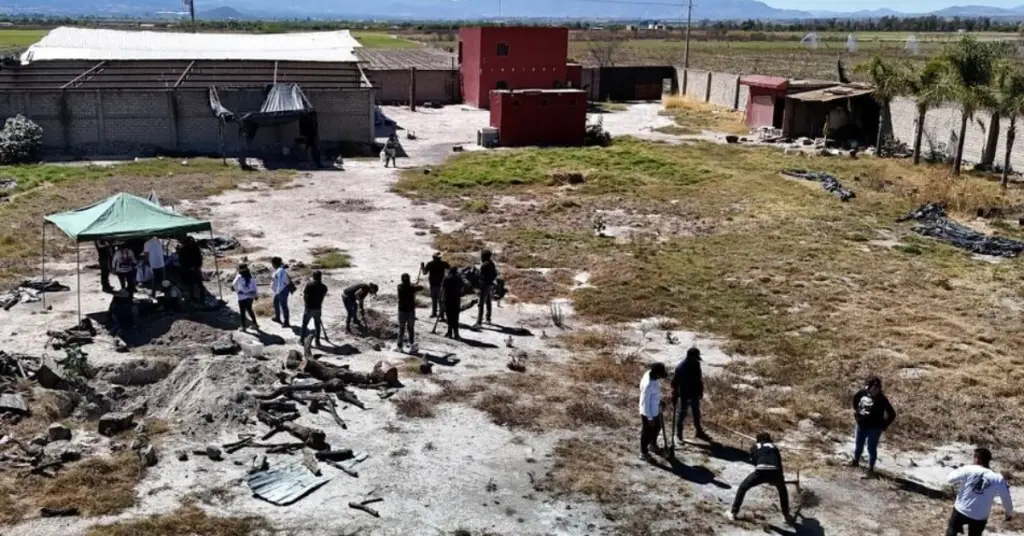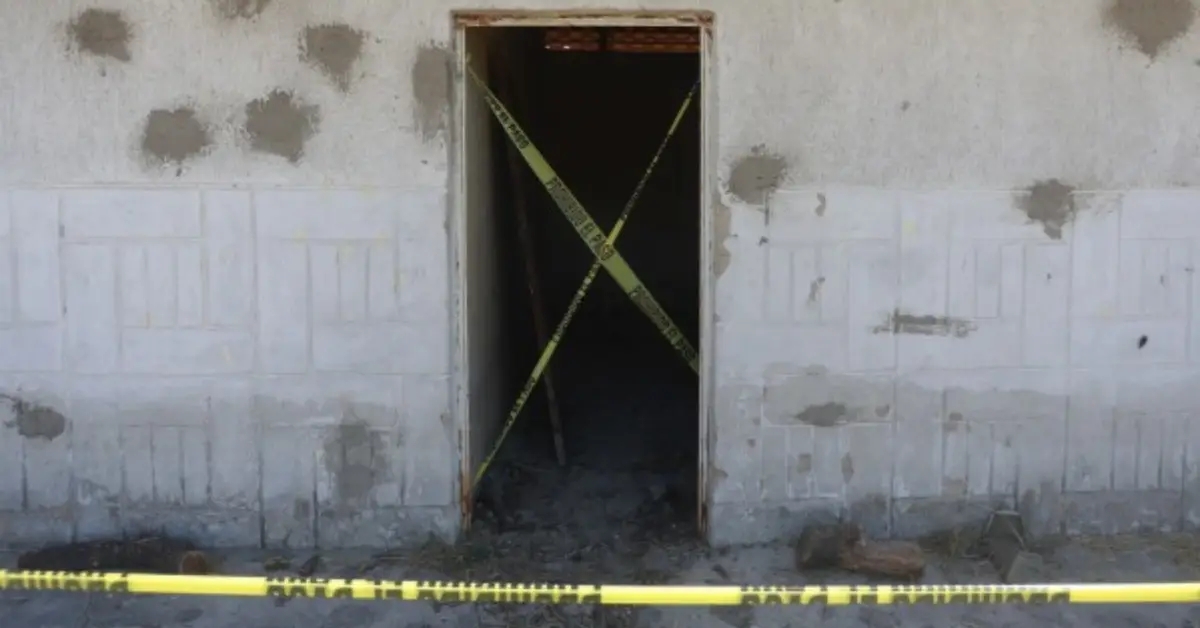A recent investigation into a ranch in western Mexico has provided new insights into the operations of the Jalisco New Generation Cartel (CJNG), one of the most violent and powerful criminal organizations in the country. The ranch, located in northern Mexico, was reportedly used by the cartel to train recruits, shedding light on their recruitment strategies and how they have grown into one of the most dominant players in Mexico’s drug trade.
The Jalisco cartel, also known as CJNG, was founded in 2010 after a split from the Sinaloa cartel. The split came after the death of Ignacio “Nacho” Coronel Villarreal, a key Sinaloa figure, and enabled the Jalisco cartel to rise to power rapidly. The cartel is now led by Nemesio Rubén “El Mencho” Oseguera Cervantes, who is on the U.S. government’s most-wanted list, with a $15 million reward for information leading to his capture.
Rivalry with the Sinaloa Cartel
The Jalisco and Sinaloa cartels have long been rivals in the battle for dominance in Mexico’s drug trade. The two groups have fought fiercely for control over key territories, particularly along Mexico’s southern border with Guatemala. Both cartels are among six Mexican organized crime groups recently designated as Foreign Terrorist Organizations by the U.S. government. Their ongoing rivalry has fueled violent conflicts and contributed to the increasing instability in Mexico.
Recently, the arrest of several Sinaloa leaders, including Joaquín “El Chapo” Guzmán, has further weakened the Sinaloa cartel. However, the Jalisco cartel has continued to expand, overtaking territories previously controlled by Sinaloa. This rapid expansion has been aided by the cartel’s growing influence, violent tactics, and ability to adapt to new forms of drug trafficking, such as the production and distribution of fentanyl, a deadly synthetic opioid.
How the Jalisco Cartel Recruits
One of the most disturbing aspects of the investigation into the ranch involves the methods used by the Jalisco cartel to recruit new members. The cartel employs three primary recruitment tactics: voluntary recruits, former military and police personnel, and forced recruitment.
According to experts, many of the cartel’s recruits are drawn in by the promise of high-paying jobs and the lifestyle associated with the drug trade. This group makes up the bulk of the cartel’s members. The cartel targets individuals who are attracted to the idea of earning large sums of money and enjoying the perks of life in the drug trade.

Another key recruitment strategy involves targeting former military personnel and police officers. These individuals, who have professional training in combat and security, are valuable assets to the cartel. They are often recruited as trainers and leaders of armed squads responsible for carrying out the cartel’s operations. This helps the cartel maintain a highly disciplined and organized structure.
The most alarming recruitment method involves forced recruitment. The Jalisco cartel uses social media platforms to post fake job advertisements, often for security guard positions with salaries far above the average wage.
Once individuals express interest in these offers, they are kidnapped and forced to join the cartel. Victims are then taken to the ranch, where they undergo intense training in weapons use, physical fitness, and combat skills. Survivors of this experience have reported being tortured or killed if they tried to escape or resist joining the cartel.
Cartel’s Vertical Structure
The Jalisco cartel is known for its highly organized structure. It operates on a vertical model, with Oseguera at the top of the hierarchy. Below him are regional commanders who oversee specific areas of operations. These commanders are responsible for managing the cartel’s activities, including drug production, trafficking, and enforcement.
The cartel has a presence in 21 of Mexico’s 32 states, according to the U.S. Drug Enforcement Administration (DEA). However, some experts believe that the Jalisco cartel is active in as many as 25 states. The cartel has managed to expand its operations both within Mexico and internationally, maintaining a presence in over 100 countries. The expansion of Jalisco’s influence is a result of its violent tactics, ability to form alliances with other criminal groups, and its success in capitalizing on emerging drug markets, particularly the fentanyl trade.
The Cartel’s Expansion
In less than two decades, the Jalisco cartel has become one of the most powerful criminal organizations in Mexico. The cartel’s rise to power has been aided by its strategic alliances with other criminal groups. These alliances have allowed Jalisco to extend its reach into new territories, operating in cities like Aguascalientes and Tijuana, where it has implemented a “franchise” model. This strategy has enabled the cartel to expand its influence without direct involvement in every local operation.
The cartel’s swift rise can also be attributed to its use of irregular warfare tactics and its ability to leverage violent force to eliminate rivals. Jalisco’s ruthless approach to combat, combined with its access to powerful weapons and military-style training, has made it a formidable force in Mexico’s criminal landscape.
Corruption and the Role of Local Authorities
The investigation into the ranch has also highlighted the role that local authorities play in the cartel’s operations. Despite the discovery of the ranch and the arrest of several individuals in 2024, the investigation faced significant delays.
It wasn’t until family members of missing persons visited the ranch in March 2025 that new evidence was uncovered, including clothing items and bone fragments. This discovery prompted further arrests, including three local police officers who were allegedly involved in the disappearances.
The case reminds us of the level of corruption that allows the Jalisco cartel to operate with impunity in certain areas. The cartel has forged alliances with local law enforcement and public safety forces, enabling it to maintain control over its territories while eliminating rivals. The cartel’s ability to work in tandem with corrupt officials has allowed it to thrive despite authorities’ efforts to dismantle its operations.
Conclusion
The Jalisco New Generation Cartel continues to be one of the most powerful and violent criminal organizations in Mexico. Its ability to recruit, expand, and operate with the help of corrupt officials poses a significant challenge for law enforcement. As the investigation into the ranch reveals more about the cartel’s tactics, it is clear that the Jalisco cartel is a force to be reckoned with, and its influence extends far beyond Mexico’s borders.
Disclaimer: This article has been meticulously fact-checked by our team to ensure accuracy and uphold transparency. We strive to deliver trustworthy and dependable content to our readers.




